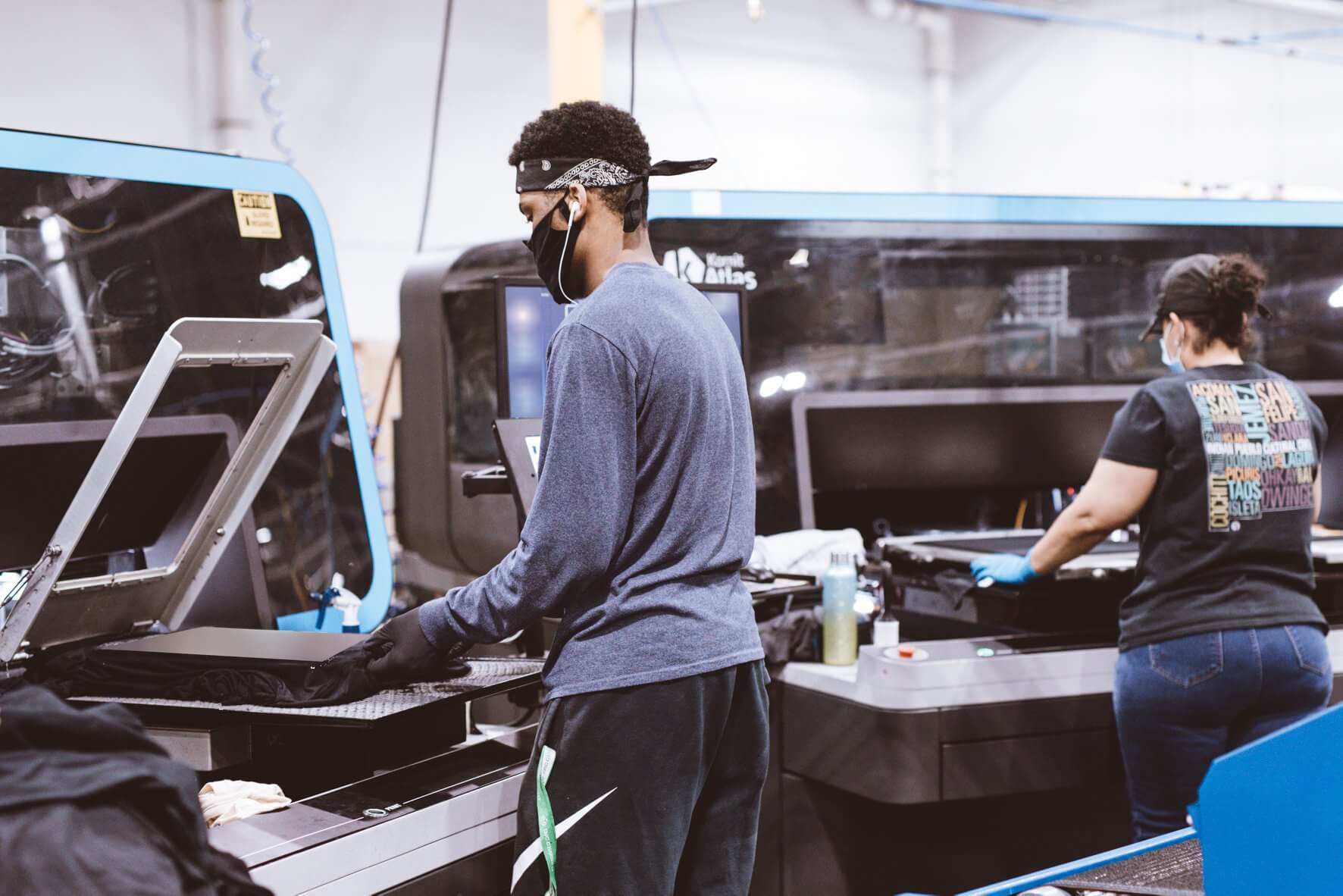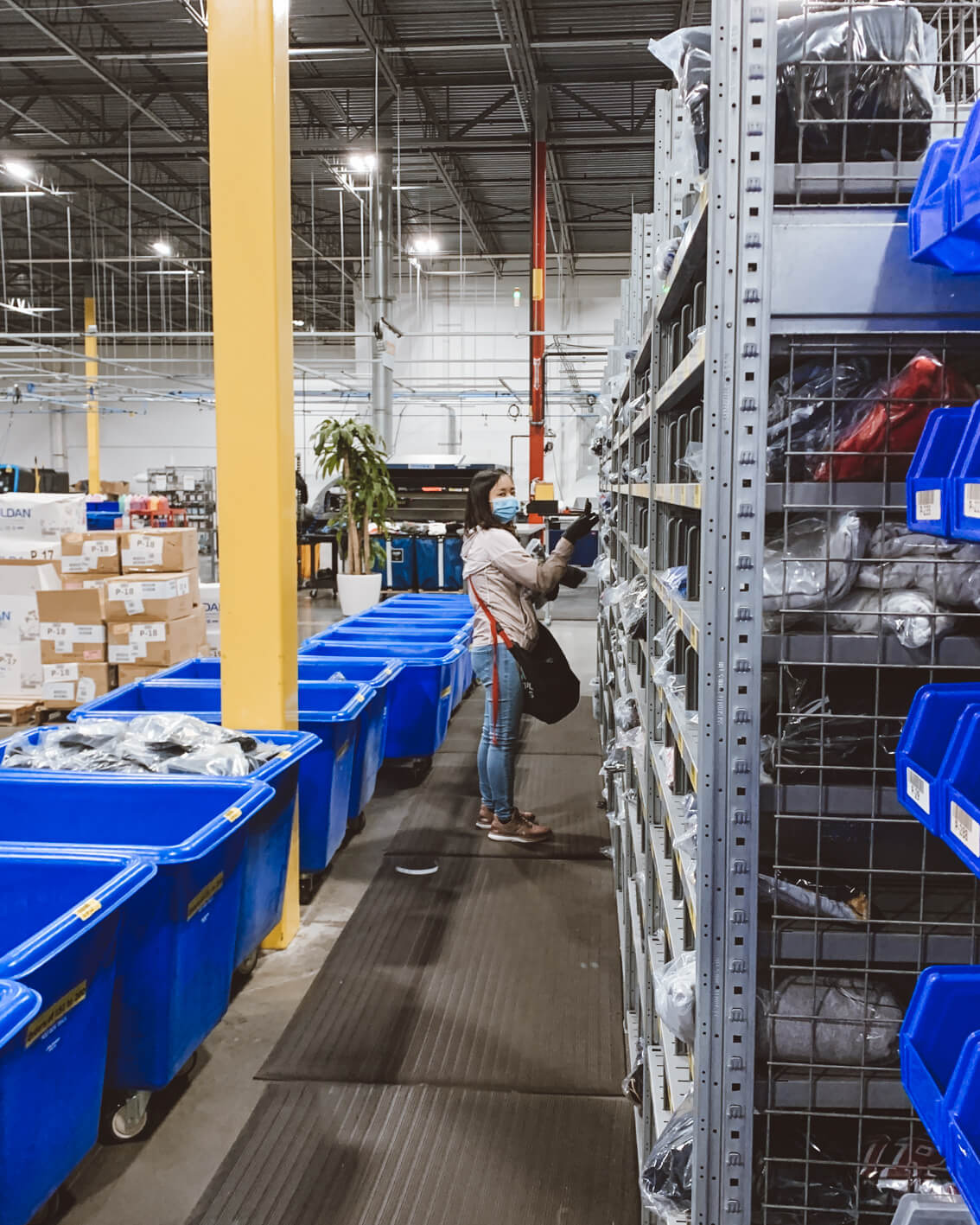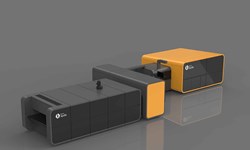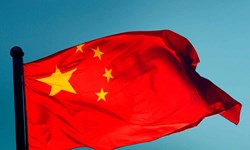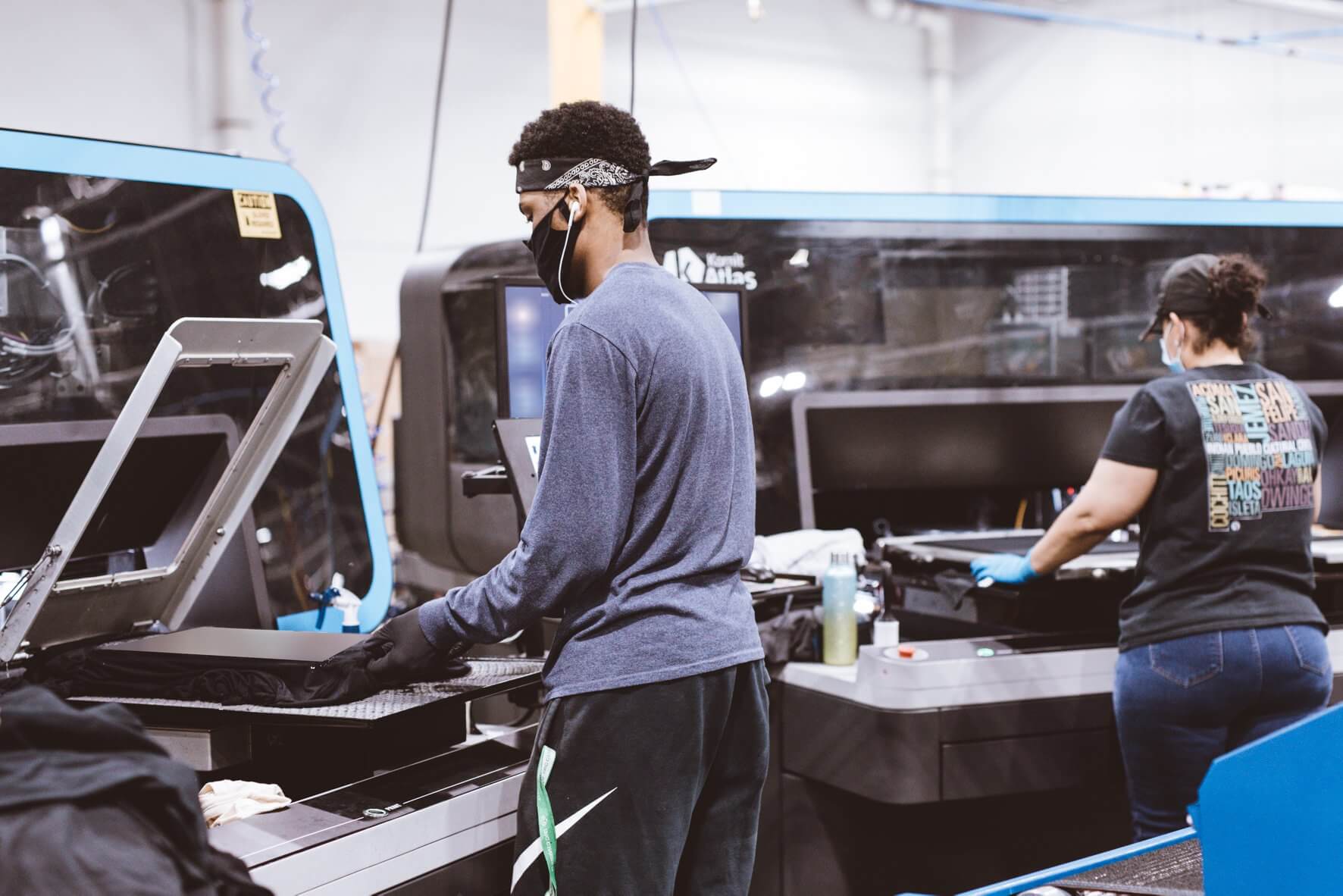
Krisjanis Ozols talks to Joseph Link about the growth of Printful, the impact of Covid-19, the need for on-demand manufacturing and why personalisation is a trend that is here to stay.
The resiliency of the digital direct-to-garment printing (DTG) market during 2020 has been a real positive for the broader inkjet textile printing industry.
The versatility demonstrated by DTG print service providers during the Covid-19 pandemic is why experts from within the industry are confidently forecasting an acceleration in the implementation of the technology post crisis.
There are several factors influencing the DTG market’s strong performance in 2020, but the most obvious is its ability to utilise the B2C marketplace. The most successful DTG print service providers are Web2Print enterprises which utilise ecommerce.
During the height of the pandemic, brands and retailers cancelled orders following the forced closure of non-essential retail outlets which badly affected industrial-scale print service providers who rely on bulk orders to make profits. A surge in online clothing purchases ensued, which presented the DTG community with an opportunity to showcase itself in front of a much larger and more varied consumer base.
Printful was established in 2013 and is an example of a successful DTG print service provider with a large online presence. According to the company’s head of operations development and partnerships, Krisjanis Ozols, “Printful was founded with the goal to build the most easy-to-use, most small-business-friendly print-on-demand (POD) service out there.”
On-demand manufacturing
On-demand manufacturing is a buzz phrase, but the concept has been gathering momentum alongside a rise in the adoption of digitalised manufacturing solutions. Manufacturing on-demand is a more environmentally friendly approach compared to traditional practices and is a concept which in theory tackles two key textile industry challenges: overproduction and sustainability.
It is evident with the success of businesses like Printful that DTG printing facilitates the adoption of an on-demand business model.
Ozols says: “On-demand is an important driver of online retail growth. Not only is this model faster and more environmentally conscious, but it also enables a whole new generation of small businesses and brands to emerge.
“Thanks in part to the on-demand model, developments in retail software, and payment solutions that allow cross-border trade, anyone from anywhere in the world can become an online seller and develop their own brand. There are no upfront costs, no hassles with inventory, no headaches of receiving payments or shipping orders out. All of this can be done on your behalf with the help of technology.
“As the technology has progressed, on-demand printing has also become more efficient in terms of production speed and cost-effectiveness. It means small merchants can now compete with fast fashion companies not just with a more unique design offering on their products, but with pricing as well. Not to mention the fact that on-demand production is also much better for the environment as it only permits the manufacturing of what is being sold.
“This is very important to Printful as we’re working on becoming more sustainable in all business aspects; from limiting the waste generated during production to efficient energy use. These are the main reasons why Printful only uses DTG technology to print on apparel, which happens to be our largest product category, so the technology is a fundamental part of our business and we expect the technology to be a key growth driver for us in the future.”
Printful has grown exponentially in its seven-year existence and is an example of what can be achieved by emerging small-scale DTG print service providers. Since 2013, the company has evolved into an on-demand, order-fulfilment, and warehousing service that manufactures and ships products – including clothing, accessories, and home and living items – for online businesses.
Key to scaling up, according to Ozols, is “software development know-how.” Ozols states that the printing technology, despite it being important, only goes so far and that the company would “not have got to where it is now without its team of over 90 software developers.”
“On-demand manufacturing in the textile industry is preferred by SMEs, and it’s not enough to be just an efficient manufacturer to support them,” Ozols continues. “You have to help them by providing a reliable and easy-to-use platform to create products, connect them to their ecommerce store, enable payment solutions, and so forth.
“There are a multitude of challenges that we’re trying to solve for our customers, and even though optimising production is an important part of that process, it’s definitely not the only one. You then realise that the world is more connected than ever before, and you need to have a presence and localisation anywhere where your customer's customers are.
“Printful's success has been based on providing an overarching solution to businesses to get started and expanding our product catalogue and fulfilment network as we move along – all while maintaining an unparalleled level of quality.”
Funding future success
Printful has acquired a fleet of Kornit Digital printers to handle its textile printing operations. Ozols says the company is particularly impressed with the machines’ energy efficiency and the fact they enable water printing technology: sustainability was a much talked about challenge across the entire textile industry prior to the Covid-19 pandemic and the issue is unlikely to fade until appropriate and sustained action has been taken collectively. Additionally, Printful considers Kornit as more than just a vendor.
Ozols adds: “We (Printful and Kornit) work together to implement any new updates and provide Kornit with feedback on what the industry needs. Our main attention in terms of investment and R&D is focused on textile printing: how to improve processes and scale even further.”
Consequently, Ozols reveals that Printful is expanding by developing its own cut and sew department which “enables the company to get ahead of competitors”.
The ability and desire to invest, expand and innovate is going to be key for print service providers throughout the next decade. Analysts warn that standing still now, despite an economic recession, will result in lost ground. But Printful sees the value in investments and leads by example when it comes to equipping itself with highly digitalised, flexible, and reliable solutions and the company has certainly not been deterred by the global pandemic.
“Since March this year, we’ve invested US$4m in printing equipment, hired more than 200 new
employees and launched over nine new partnerships with fulfilment centres globally,” says Ozols. “We’re also continuously working on our expansion plans: we have launched a partnership with two outsourcing printing facilities in Australia and one in Japan, we're focusing more on investments in Europe, and we expect to open our Canada fulfilment centre this year. All this will give us enough time to prepare for the peak season, which is quarter four.”
Personalisation
The reason why this capital investment was necessary is due in part to a consumer yearning for bespoke apparel, which for the most part is purchased online. And Ozols is confident that the trend’s influence on the fashion & apparel market will continue to grow.
“People have an innate desire to stand out,” he says. “If you make product personalisation as easy as possible, the customers will likely go for it. Enabled by on-demand manufacturing, this trend will be flourishing for years to come. More brands will embrace the idea and try to offer customisation to buyers in various ways. As the technology develops further and more retail is done online, we will also see further innovations.
“It's enough to just look at where the Chinese market is right now, with apps such as WeChat and shopping platforms like Pinduoduo. This infrastructure reshapes consumer behaviour and offers an incredibly wide array of solutions to be built on top of it.”
There are signs that the mass production business model, which has shaped the textile industry for decades, is losing its grip on the textile industry and there is evidence to suggest that the global pandemic is going to accelerate that trend. A younger, more environmentally conscious consumer is also expected to buy on-demand products on much wider scale throughout the current decade and Printful has positioned itself to capitalise on that prospect.
Ozols continues: “All in all, we’re coming out of this global health crisis more confident than ever before in our ability to provide the best POD services to our customers and safeguard the business against any future challenges.”
Have your say. Join the conversation and follow us on LinkedIn


